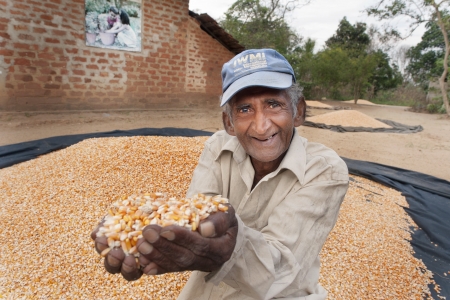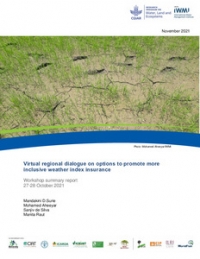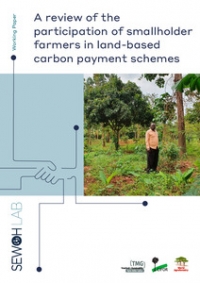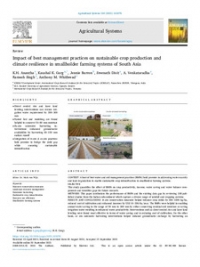Enhancing two communal irrigation schemes in Zimbabwe has generated major improvements to both farm productivity and profitability. By adopting smart technologies and combining them with the convening of agricultural forums, farmers were able to significantly improve land and water productivity-- and gain good prices for their produce. Greater yields, reduced water use, higher incomes and fewer conflicts prompted the model's extension to a further 30 schemes.
Since scientists from the CGIAR Research Program on Water, Land and Ecosystems (WLE), the International Crops Research Institute for the Semi-Arid Tropics (ICRISAT) and local partners demonstrated these results, the project's funder, the Australian Council for International Agricultural Research (ACIAR), decided to invest in a second phase. Ongoing until 2021, this is bringing the benefits to a further 1700 irrigators.
Small-scale communal irrigation schemes in Africa have often had trouble seeing anticipated returns on investments. Often, funders, designers and managers of such systems have not taken into account their socio-ecological complexity. Their users are often subsistence farmers, who have little capacity to pay for water, invest in inputs to enhance productivity or participate in maintenance. And they often have poor access to markets. As a result, schemes frequently underperform and are beset by issues of failed infrastructure and increased conflict over access to resources.
Transforming such systems into profitable, equitable and economically sustainable schemes demands investment in smart technologies, farmers, institutions and value chains. The project's first phase covered a total of 452ha2 and served 920 farmers.
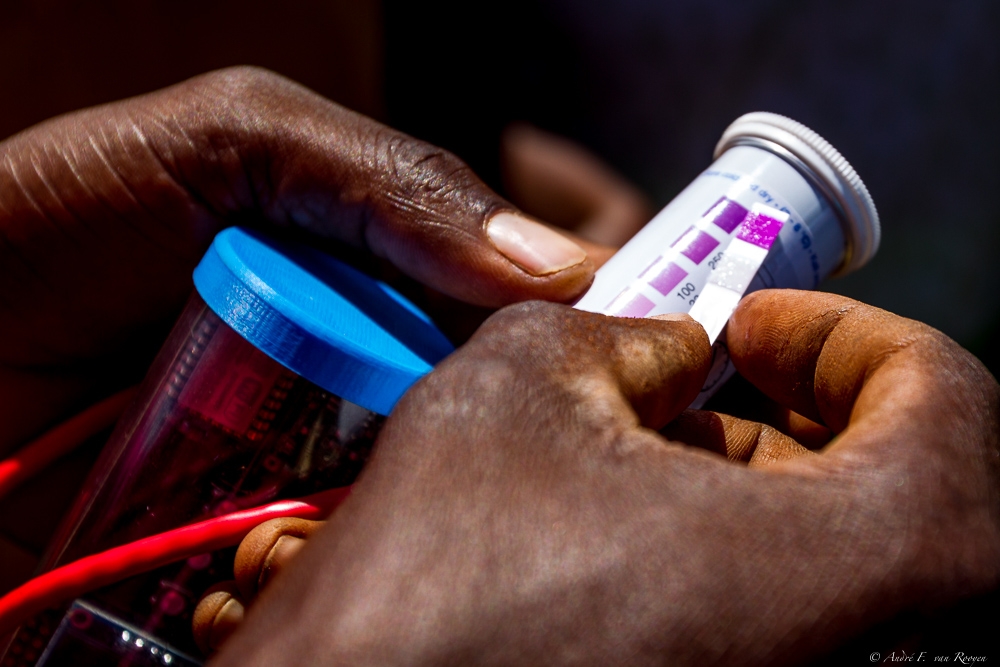
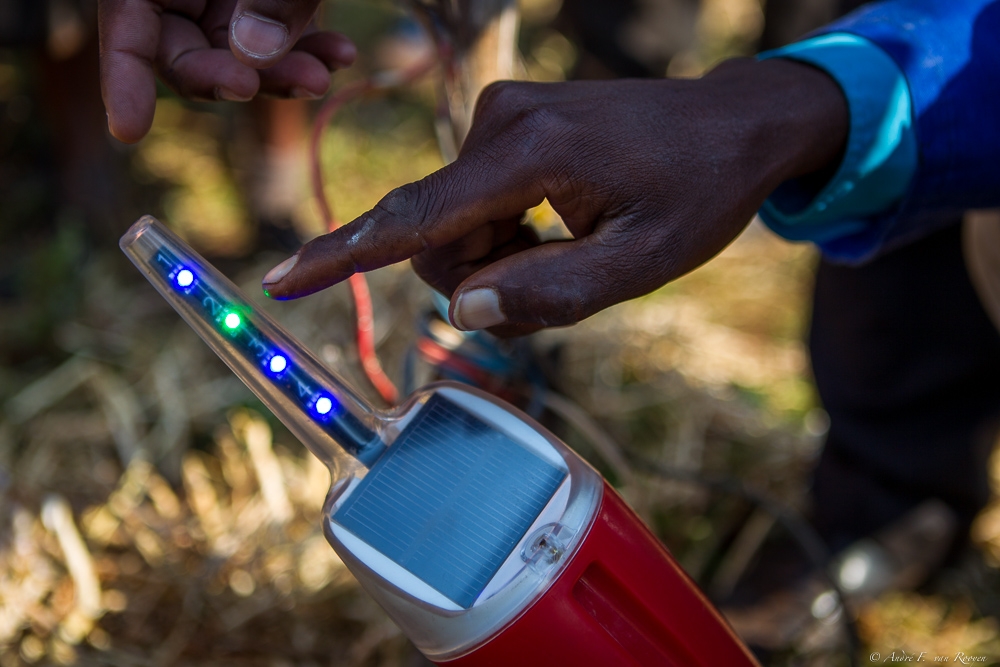
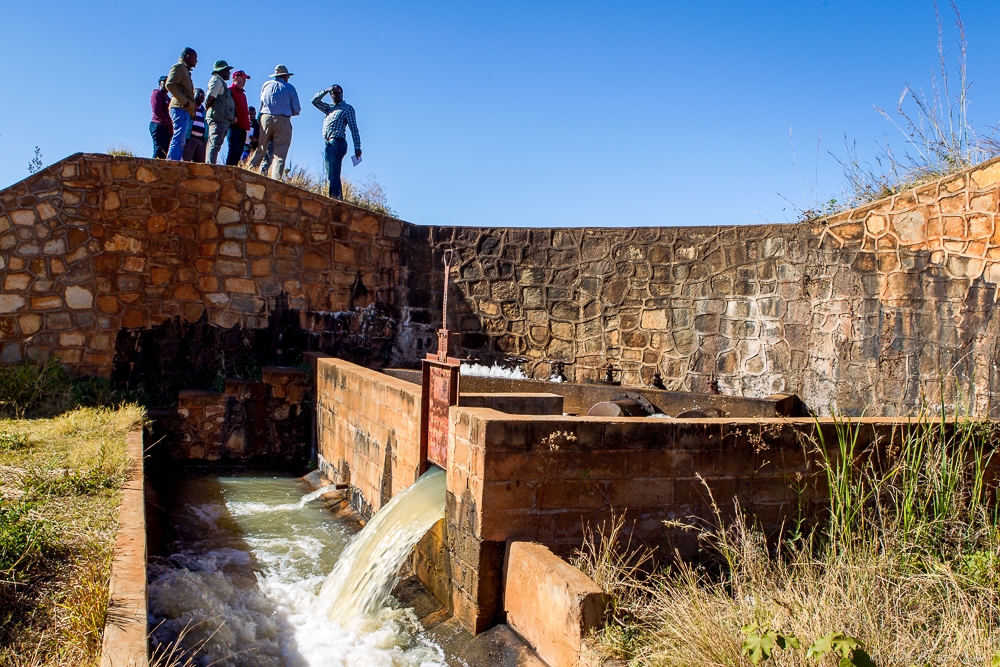
The project team introduced 20 farmers within each scheme to the Chameleon soil moisture sensor and the FullStop wetting front detector. These tools helped the farmers learn when crops' optimal soil moisture and nutrient levels were reached. Simultaneously, the scientists introduced Agricultural Innovations Platforms (AIPs) -- forums through which farmers and other interested parties could discuss and address issues such as irrigation scheme management, supply of fertilizers or pesticides, and marketing of produce.
Combining smart water management tools with AIPs delivered considerable benefits. Some 70% of farmers with tools had begun irrigating crops less frequently, and 49% of those without tools had done likewise. Water productivity had increased by approximately 100% for both sets of farmers. And household incomes improved considerably, while conflict levels saw declines.
WLE and partners look to similar results as the model scales out across Zimbabwe.
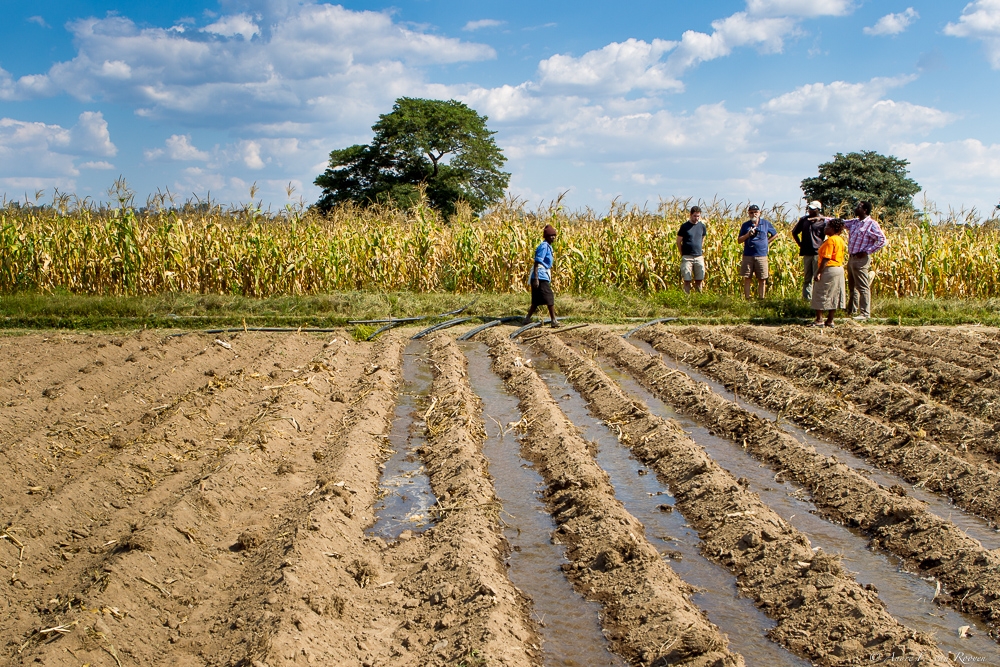




/index.jpg?itok=EzuBHOXY&c=feafd7f5ab7d60c363652d23929d0aee)







